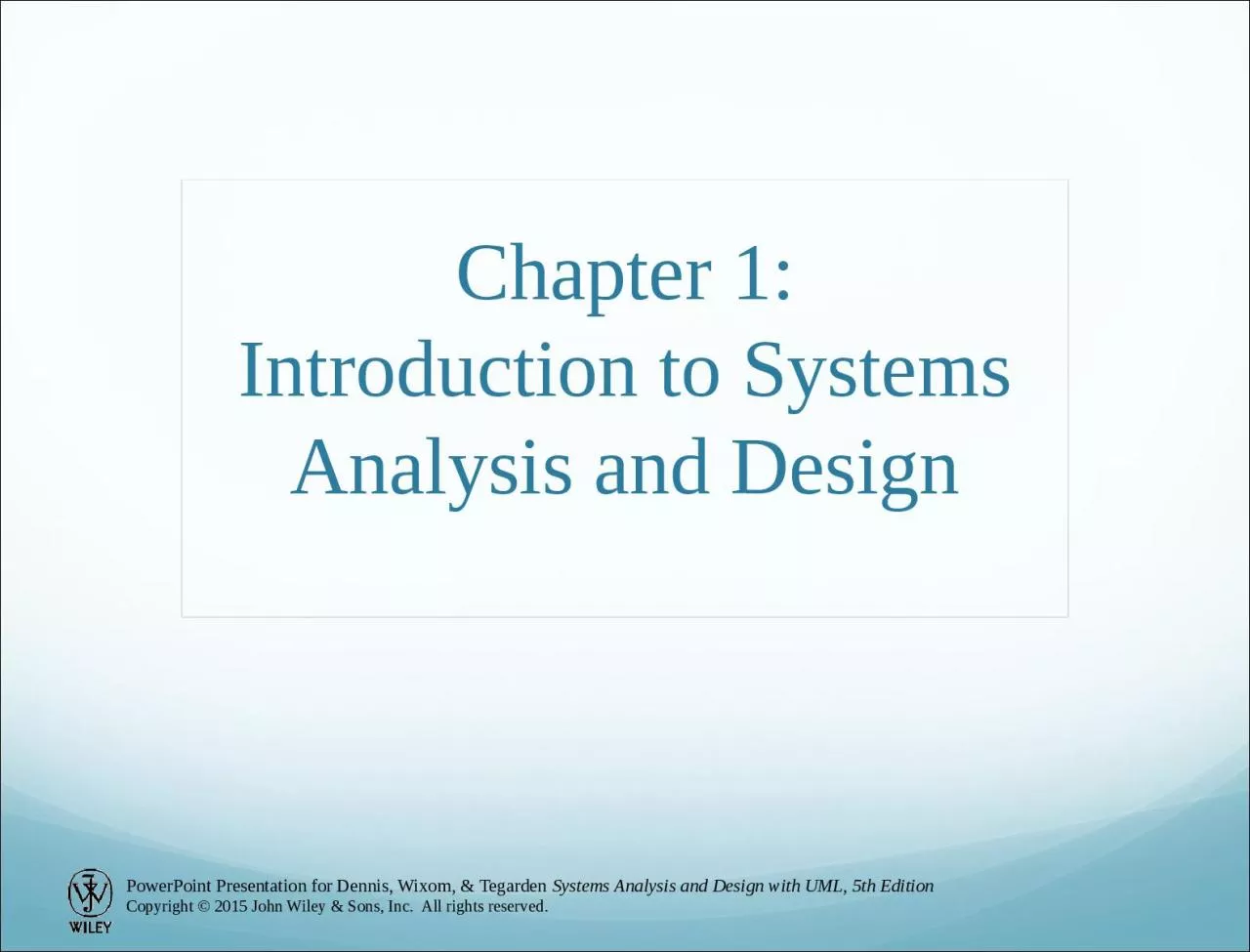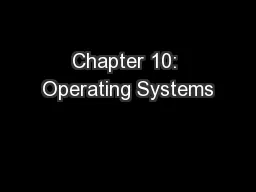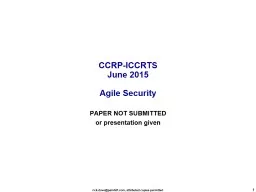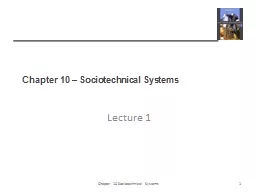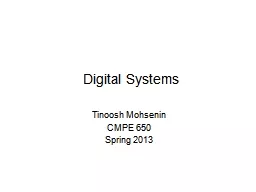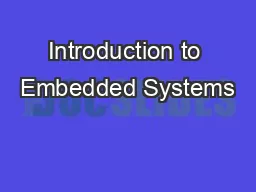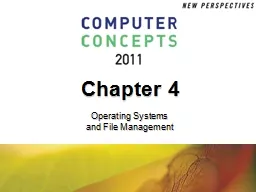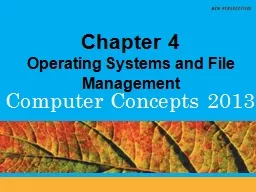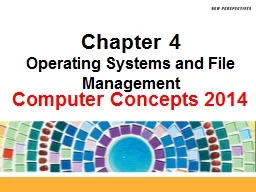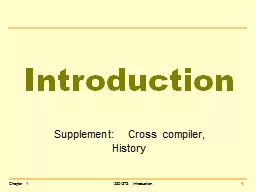PPT-Chapter 1: Introduction to Systems
Author : della | Published Date : 2023-11-04
Analysis and Design Learning Objectives Systems development life cycle Identify the four phases How it came about Methodology alternatives Team roles amp skill sets
Presentation Embed Code
Download Presentation
Download Presentation The PPT/PDF document "Chapter 1: Introduction to Systems" is the property of its rightful owner. Permission is granted to download and print the materials on this website for personal, non-commercial use only, and to display it on your personal computer provided you do not modify the materials and that you retain all copyright notices contained in the materials. By downloading content from our website, you accept the terms of this agreement.
Chapter 1: Introduction to Systems: Transcript
Download Rules Of Document
"Chapter 1: Introduction to Systems"The content belongs to its owner. You may download and print it for personal use, without modification, and keep all copyright notices. By downloading, you agree to these terms.
Related Documents

